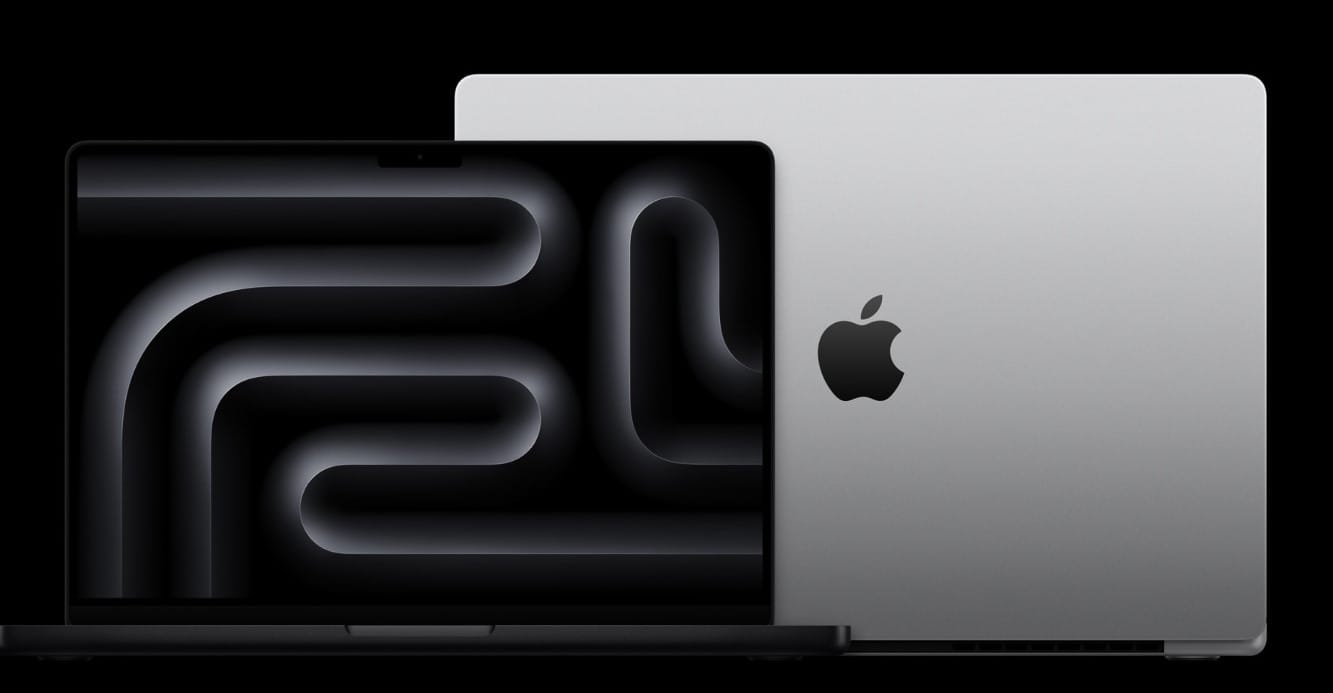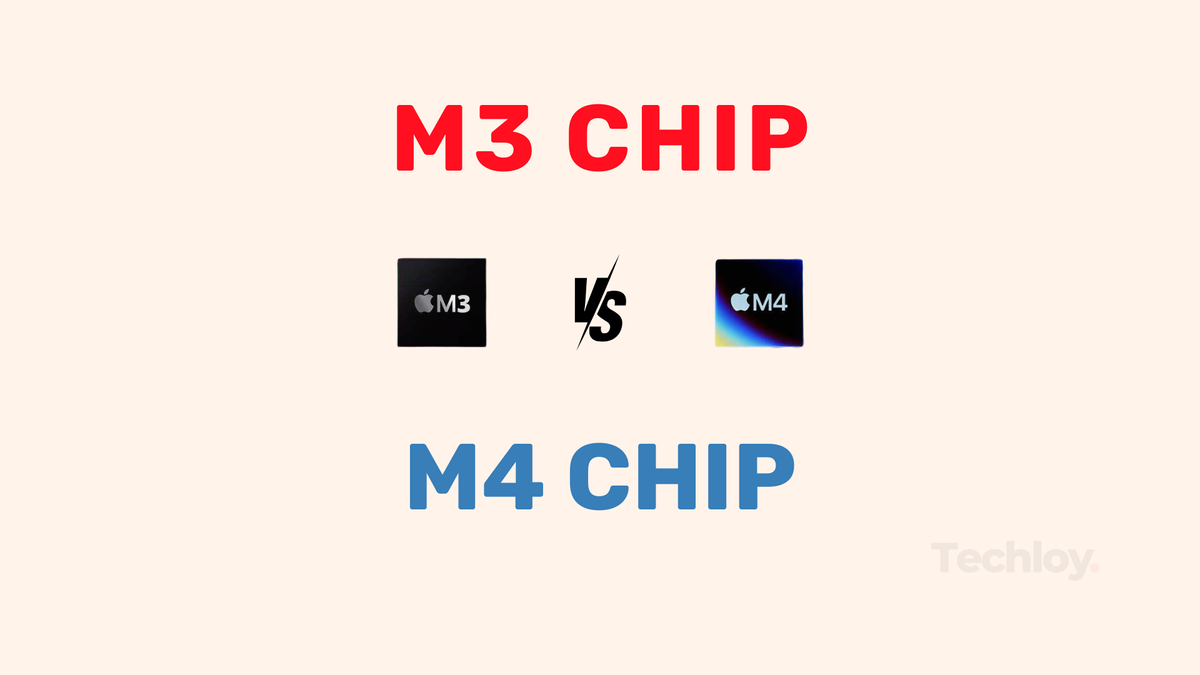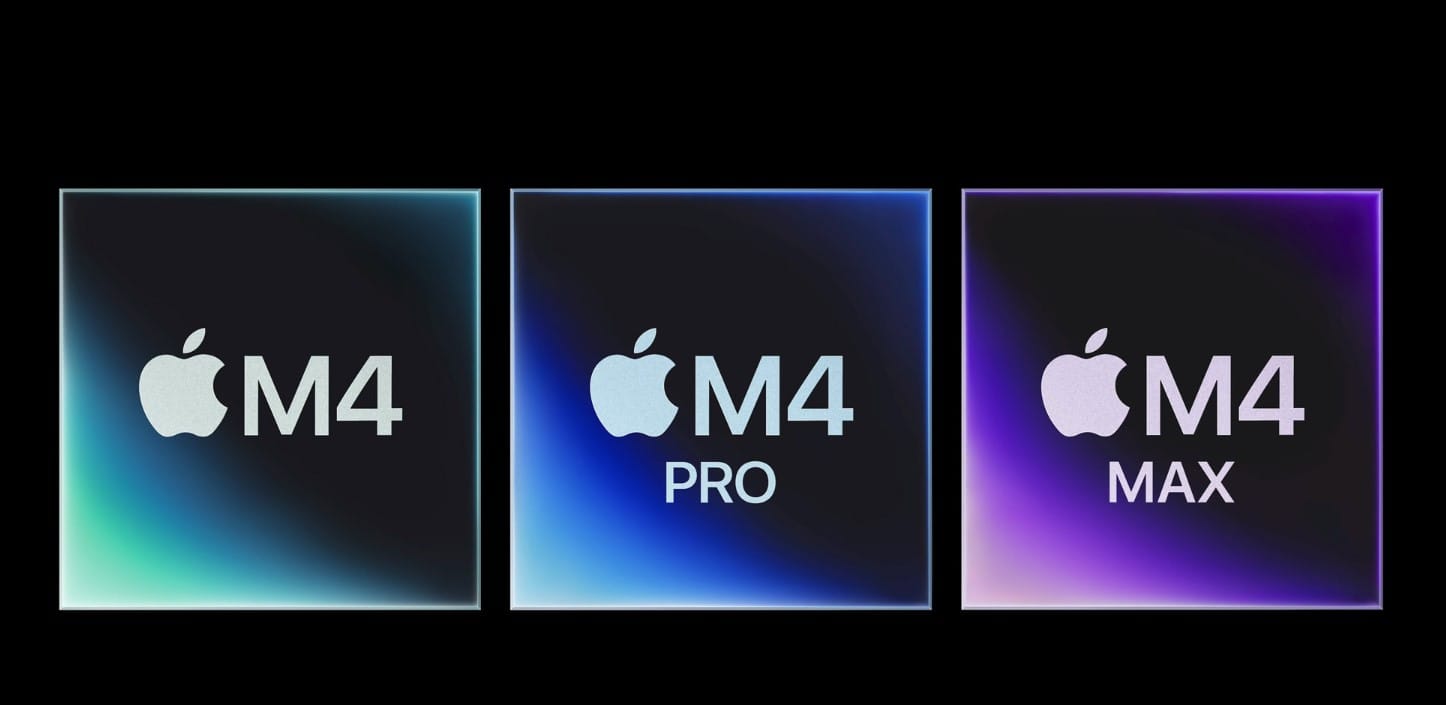M4 MacBook Pro vs. M3 MacBook Pro: What Are the Differences?

At last year’s “Scary Fast” October event, Apple introduced its M3 silicon chip family along with the refreshed devices that would house these chips, like the MacBook Pro and iMac.
This year, however, Apple took a different approach, rolling out announcements across a full week instead of a single event. And so far, we've seen the base M4 chips, which first debuted in the iPad Pro earlier this year, extend into some of its devices like the updated iMac.

Then, the company took it a step further by unveiling a more compact Mac Mini with the base M4 chip and debuted the M4 Pro chip alongside it. Now, Apple’s latest reveal, the new MacBook Pro, features the complete M4 chip family—the base M4, M4 Pro, and M4 Max.
Apple claims that the new M4 MacBook Pro models offer gains over the M3 MacBook Pro, including enhanced performance, speed, and memory capabilities. But how much difference is there? Let’s explore how these two models compare across key aspects.

#1: Performance and Chip Architecture
The previous M3 MacBook Pro lineup included an 8-core CPU and 10-core GPU in the base M3 chip, which Apple described as capable of handling a range of tasks from everyday use to moderate professional workloads. For higher performance needs, Apple offered the M3 Pro and M3 Max configurations, scaling up to 12 CPU cores and 38 GPU cores.
With the new M4 MacBook Pro models, Apple claims enhanced performance. The base M4 chip now includes a 10-core CPU and 10-core GPU, which Apple states may yield approximately 25% greater processing power in multicore tasks compared to the M3.

For even greater demands, the M4 Pro offers up to 14 CPU cores and 20 GPU cores, while the M4 Max scales up to 16 CPU cores and 40 GPU cores. Apple suggests that this additional processing power could benefit users managing complex applications, though actual performance improvements may depend on individual workloads.

